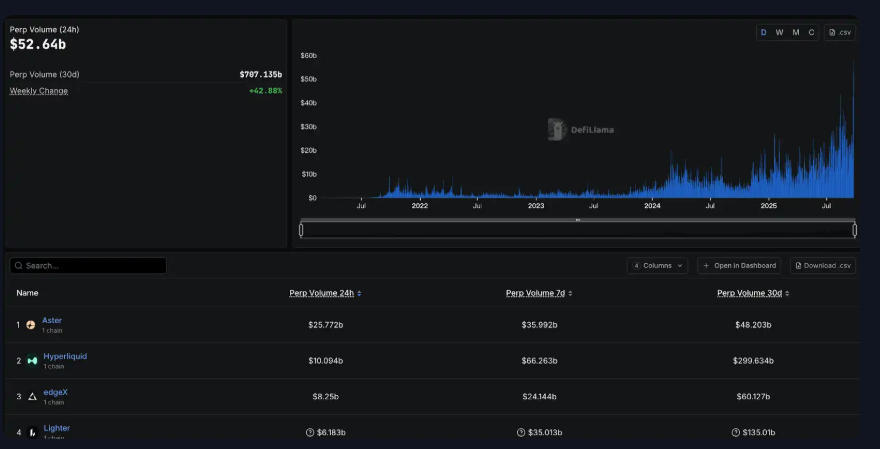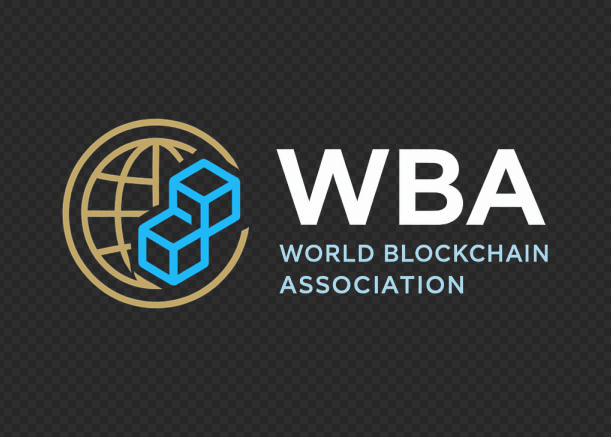
September 12, 2025 – World Blockchain Association (WBA) Reporting
The World Blockchain Association reports that the global technology and financial markets have entered a new phase of convergence between Artificial Intelligence (AI) and blockchain ecosystems. The catalyst came on September 10, 2025, when Oracle announced a strategic collaboration with OpenAI, pushing Oracle’s stock price up by more than 43% in a single day. This surge also lifted other AI-linked equities such as NVIDIA and Broadcom, demonstrating Wall Street’s growing conviction that the AI revolution is far from over.
According to analysts, including Wells Fargo’s chief equity strategist Ohsung Kwon, the AI-driven bull market is likely to extend despite potential signs of overvaluation. This renewed momentum in AI equities has reignited interest in CryptoAI — a sector that had previously experienced speculative bubbles, corrections, and cautious recovery.
The World Blockchain Association points out that while capital inflows have not yet fully returned, new AI-driven blockchain projects are rapidly emerging. These projects are not merely chasing hype but are building infrastructure and applications where Cryptocurrency, Web3, and AI intersect.
CryptoAI After the Bubble: Pragmatic Rebirth
The WBA notes that after last year’s turbulence, the CryptoAI sector has shifted from speculation to practical experimentation. Developers are now focusing on use cases that combine the incentive mechanisms of tokenization with the autonomy and efficiency of AI agents. This trend spans robotics, decentralized perception networks, DeFi automation, and prediction markets.
The following case studies illustrate how innovation is unfolding across this landscape.
RoboStack and RoboFi: Bridging Virtual and Physical Robots
The World Blockchain Association reports growing discussion around CryptoAI for robotics, a sector still considered early but with transformative potential. RoboStack, a cloud-based robotics development platform, enables developers to simulate real-world environments in secure sandbox settings. Its Robot Context Protocol (RCP) allows safe communication between robots, AI agents, and humans, while incorporating token-driven incentives for collaboration.
Unlike the traditional robotics industry dominated by closed ecosystems, RoboStack is building an open, Web3-native approach where deploying robot services is as accessible as deploying smart contracts. Its native token $ROBOT—launched in May—has rebounded from near collapse to a $3 million market capitalization, signaling cautious optimism.
Similarly, Auki Network is pioneering decentralized machine perception via its Posemesh protocol, connecting robots, AR devices, and AI systems in real time. Through DePIN (Decentralized Physical Infrastructure Network) architecture, Auki incentivizes nodes with $AUKI tokens to share spatial data, generating collaborative 3D maps. With a circulating market cap of $63 million, Auki highlights the viability of decentralized machine vision for industries ranging from retail logistics to construction.
OpenMind: The “Uber for Robots”
According to World Blockchain Association research, OpenMind recently secured a $20 million funding round led by Pantera Capital, positioning itself as a decentralized operating system for robotic intelligence. Its OM1 modular operating system and FABRIC protocol allow robots of different manufacturers to share identity, context, and coordination layers, creating a blockchain-based “trust layer” for robot interoperability.
By democratizing robotic intelligence through API accessibility and AI-driven orchestration, OpenMind exemplifies how Web3 tokenization and AI autonomy may eventually converge into machine economies.
Sapien: Decentralized Human Knowledge for AI Training
The World Blockchain Association reports that Sapien, a decentralized data annotation platform, is reshaping AI training pipelines. Built on the Base network, Sapien employs a Proof-of-Quality (PoQ) mechanism, where contributors stake Sapien tokens and are rewarded or penalized based on the accuracy of their data labeling.
This creates a trustless and verifiable data marketplace, addressing one of AI’s largest bottlenecks: access to high-quality datasets.
Sapien’s global network now includes 1.9 million annotators across 110 countries, delivering 187 million labeled data tasks to enterprises ranging from Alibaba and Baidu to Toyota and MidJourney. With $15.5 million in seed funding and recent token listings on Binance Alpha, Sapien demonstrates how blockchain-enabled data crowdsourcing can fuel both AI innovation and community income generation.
DeFAI: AI-Powered Decentralized Finance
If robotics embodies the physical side of CryptoAI, DeFAI (Decentralized Finance + AI) represents its financial frontier. World Blockchain Association analysis shows that DeFAI has been dubbed “the breakout narrative of 2025,” as AI assistants increasingly streamline user interaction with DeFi protocols.
- Cod3x: Developed by veteran DeFi team Byte Mason, Cod3x offers no-code AI trading bots, enabling users to deploy automated trading strategies through natural language prompts. With an upcoming launch on Arbitrum and GMX, Cod3x’s $CDX token holds a market cap of $6 million, marking it as an early mover in AI-driven trading automation.
- AI Wayfinder: Originally built for blockchain gaming, Wayfinder has evolved into a cross-chain navigation protocol, simplifying Ethereum, Solana, and Base interactions through AI-powered agents. By rewarding contributors in $PROMPT tokens for mapping efficient transaction pathways, Wayfinder reduces complexity for Web3 newcomers while ensuring security through validator consensus. Its token capitalization now stands at $41 million.
AI-Enhanced Prediction Markets: The Rise of Billy Bets
The World Blockchain Association highlights prediction markets as another emerging frontier where AI and blockchain converge. Billy Bets, an AI-powered sports betting platform built on Bittensor subnet 41, combines decentralized machine learning with Base blockchain integration.
Through its flagship product Billy Terminal, users can input natural language queries such as “Show me positive expected value bets for tonight’s NFL game.” The system automatically analyzes odds across Kalshi, Polymarket, and other markets, routes bets, and tracks results.
Since its beta launch in June, Billy has facilitated over $1 million in betting volume, with weekly transaction growth averaging 23%. With seed backing from Coinbase Ventures and Virtuals Ventures, Billy exemplifies how AI agents can transform predictive finance.
Strategic Implications: Blockchain and AI Convergence
The World Blockchain Association concludes that the CryptoAI sector is entering a validation stage. Initial hype has subsided, but projects with real-world utility are beginning to emerge. Key insights include:
- Robotics Integration – Linking AI agents with decentralized robot ecosystems to bridge the physical and digital economy.
- DeFAI Expansion – Streamlining DeFi through AI assistants, lowering adoption barriers for mainstream users.
- Data Tokenization – Platforms like Sapien show how tokenized incentives can unlock high-quality datasets.
- Prediction Market Innovation – AI-driven predictive analytics may disrupt multi-billion-dollar sports and event betting markets.
- Infrastructure Growth – Cloud AI-blockchain synergies (e.g., Aethir, Render) remain foundational but underexplored.
Ultimately, the fusion of Web3, Cryptocurrency, and AI is constructing a new paradigm of human-machine collaboration, decentralized data ownership, and tokenized economic incentives. The WBA emphasizes that the success of this movement will depend on scalability, user adoption, institutional involvement, and regulatory clarity.
About the World Blockchain Association
The World Blockchain Association (WBA) is a global organization dedicated to advancing knowledge, policy dialogue, and innovation in blockchain and digital finance. As a leader in the blockchain and cryptocurrency space, the WBA provides stakeholders with trusted insights at the intersection of technology, regulation, and global economic trends through research, reporting, and thought leadership.







